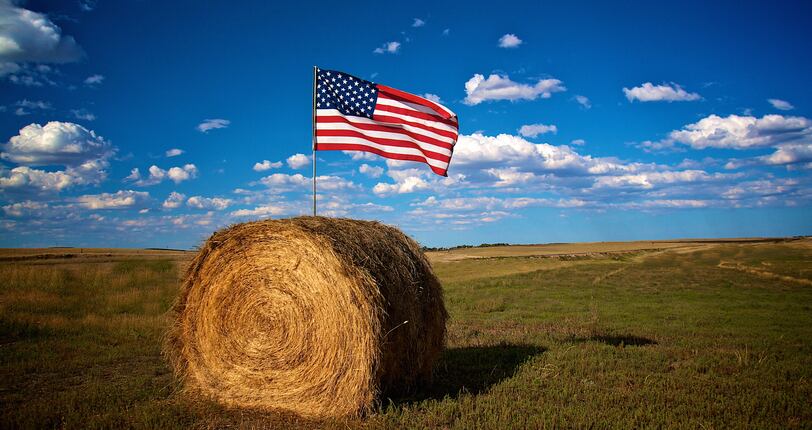New research released by McKinsey & Company reveals that while a vast majority (90%) of US farmers have an understanding of sustainable farming, the uptake of practices remains low. Even where farmers are adopting sustainable practices, they are only implementing them on a small share of their acreage (typically less than 30%).
McKinsey’s 2024 US Farmer’s Survey, which gathers perspectives from nearly 500 US farmers , outlines a positive outlook for the future of sustainable farming, with farmers already showing to be willing, but major barriers to adoption still remain, namely obtaining a market premium for sustainably grown crops and implementation difficulties.
Key insights from the report:
- Even among farmers adopting sustainable practices, they are only implementing them on a small share of their acreage, typically less than 30%
- Despite acknowledging the long-term benefits of sustainable practices, many farmers still anticipate costs of sustainable to remain 1 to 3% higher even after five years
- Practices requiring only behavioral changes, like reduced or no till, have the highest adoption levels at 68%
- The survey indicates that widespread adoption of sustainable farming practices hinges on meeting farmers' expectations about return on investment and providing implementation support
The report also finds that adoption of practices is correlated with perceived return on investment (ROI), and practices with the highest perceived ROI, such as applying fertilier based on soil sampling, have the highest rates of adoption. Although farmers have position perceptions of long-term benefits of many sustainable practices, they still expect costs to remain 1 to 3% higher after more than five years.
Given the acute focus on ROI, practices which require only behavioral changes, such as reduced, or no till, lead the way in adoption levels (68%). This is followed by practices that require product changes, such as variable rate fertiliser (~50%), and practices requiring equipment change, like controlled irrigation practices (35%), securing the lowest uptake. Considering the complexity of calculating the ROI on adoption of sustainable farming practices, McKinsey’s findings suggest that a greater investment in education to help farmers better generate further data points on yield and cost benefits could also support an increased uptake in less adopted practices.
Vasanth Ganesan, Partner at McKinsey said of the findings: “Driving adoption of sustainable farming practices requires the evolution of multiple parts of our food system, and this is already being driven by many agriculture and food companies who are making commitments to lowering the sector’s large emissions footprint by adopting sustainable farming methods in their everyday operations.
“But this is not enough, the transition to truly sustainably produced food hinges on changing behaviors and operational decisions, and the consistent support of agriculture and food ecosystem players to support farmers holistically as they look to embrace the changes that lie ahead.
“Our survey suggests that only by meeting their expressed need for ROI on investment in sustainable practices and providing sustainable farming practice implementation support and resources may drive widespread uptake.”
In terms of how industry participants can support farmers in their ongoing uptake of sustainable practices, McKinsey suggests five key recommendations to consider:
- Creating long-term revenue streams for farmers such as green premiums – farmers highlight these as the most attractive financial lever to support adoption of sustainable farming
- Building sustainability programmes and make them accessible – practice adoption is higher among participants in programmes, but most of these are small scale today
- Investing in education to help farmers overcome operational challenges and generate further data points on yield and cost benefits, especially for less adopted practices
- Collaborating with smaller and specialty farmers near term as these farmers have a higher willingness to adopt most practices in the next two years
- Continuing to evolve and grow nutrient-related programmes such as applying variable rate fertiliser – most farmers viewed these practices as ROI-positive, but only about half have adopted them and only in a part of their acreage.
McKinsey also found that government programmes, such as the Environmental Quality Incentives Program (EQIP), have substantially greater participation among farmers than industry programmes, with 57% of farmers surveyed participating in a government programme versus just 4% for industry-sponsored. This could indicate that government programmes are driving adoption and that continued programmatic support from governments and industry players may encourage more farmers to transition to sustainable farming practices.




